- Trails
-
Bikes
-
Gear
-
Tips & Tricks
-
About us
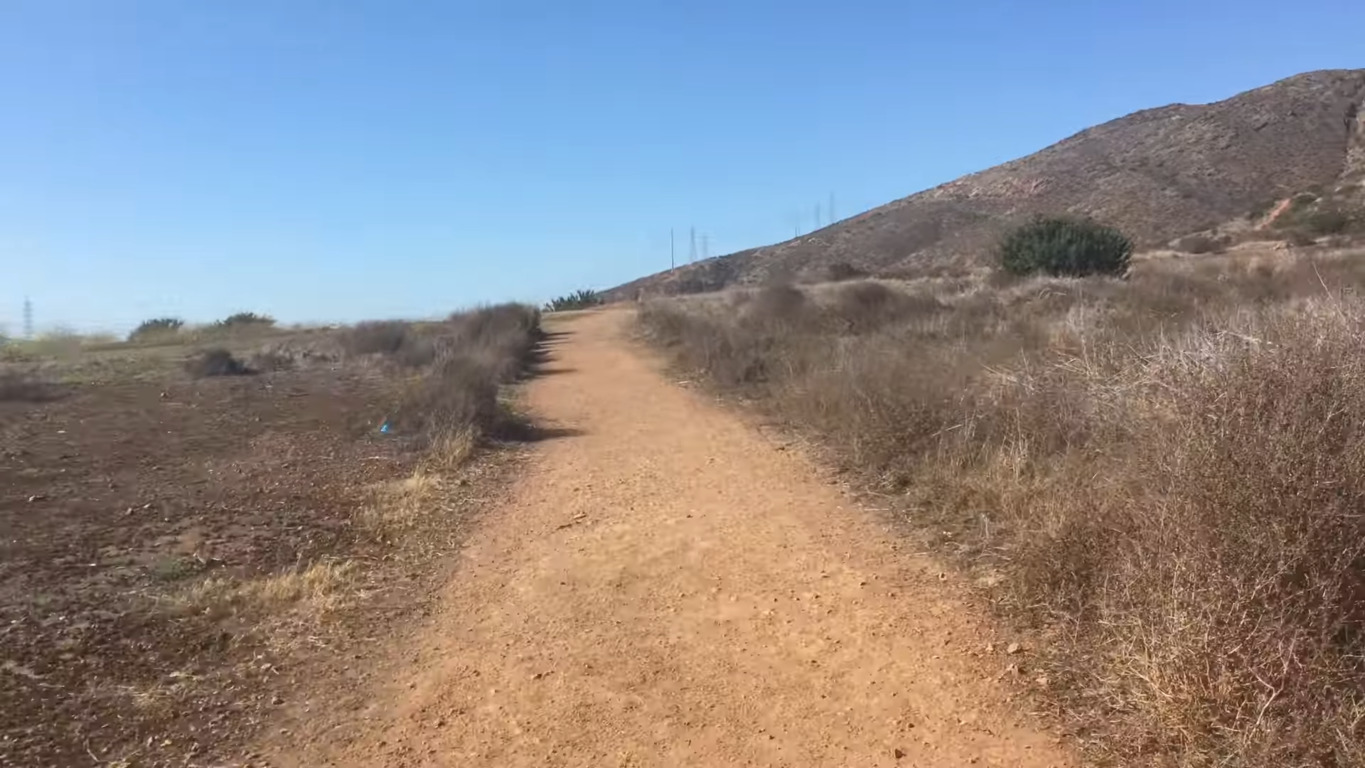
 2.05 mi
2.05 mi
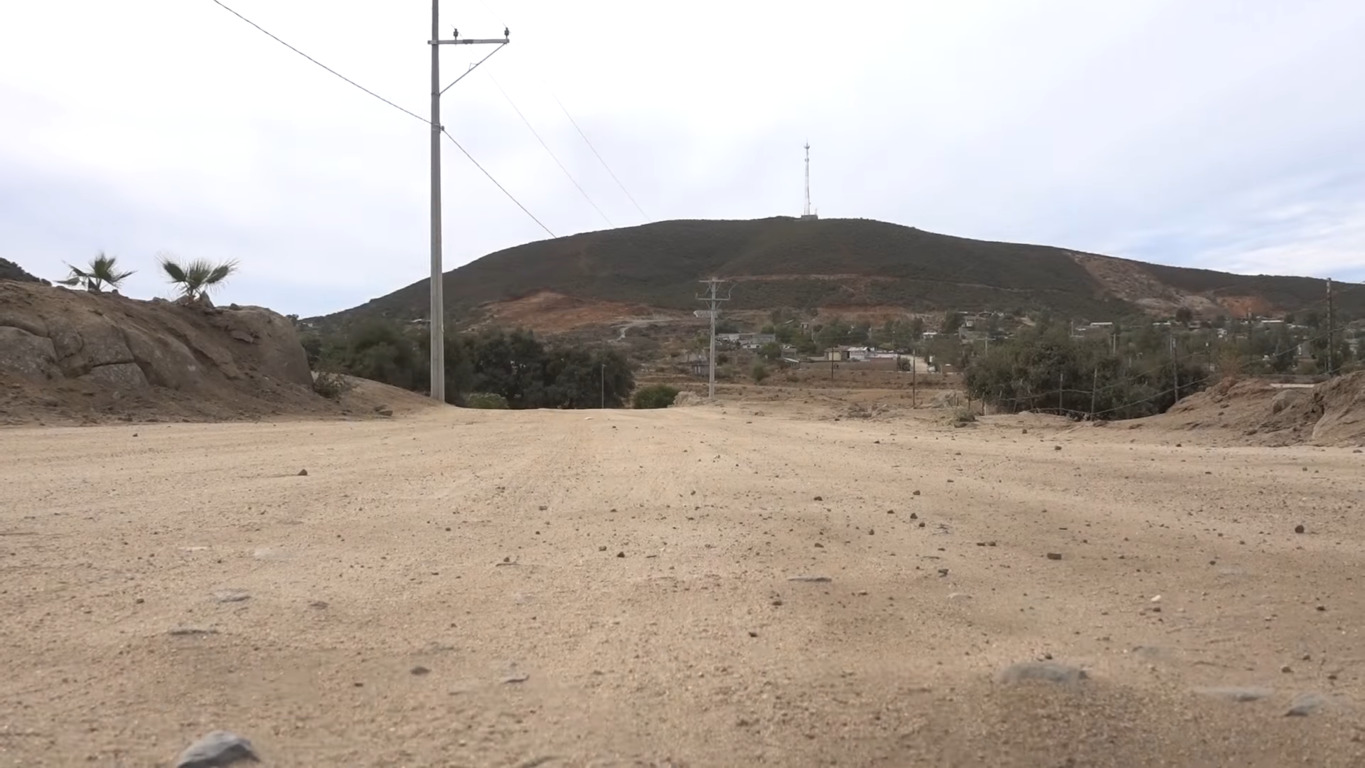
 59.4 mi
59.4 mi
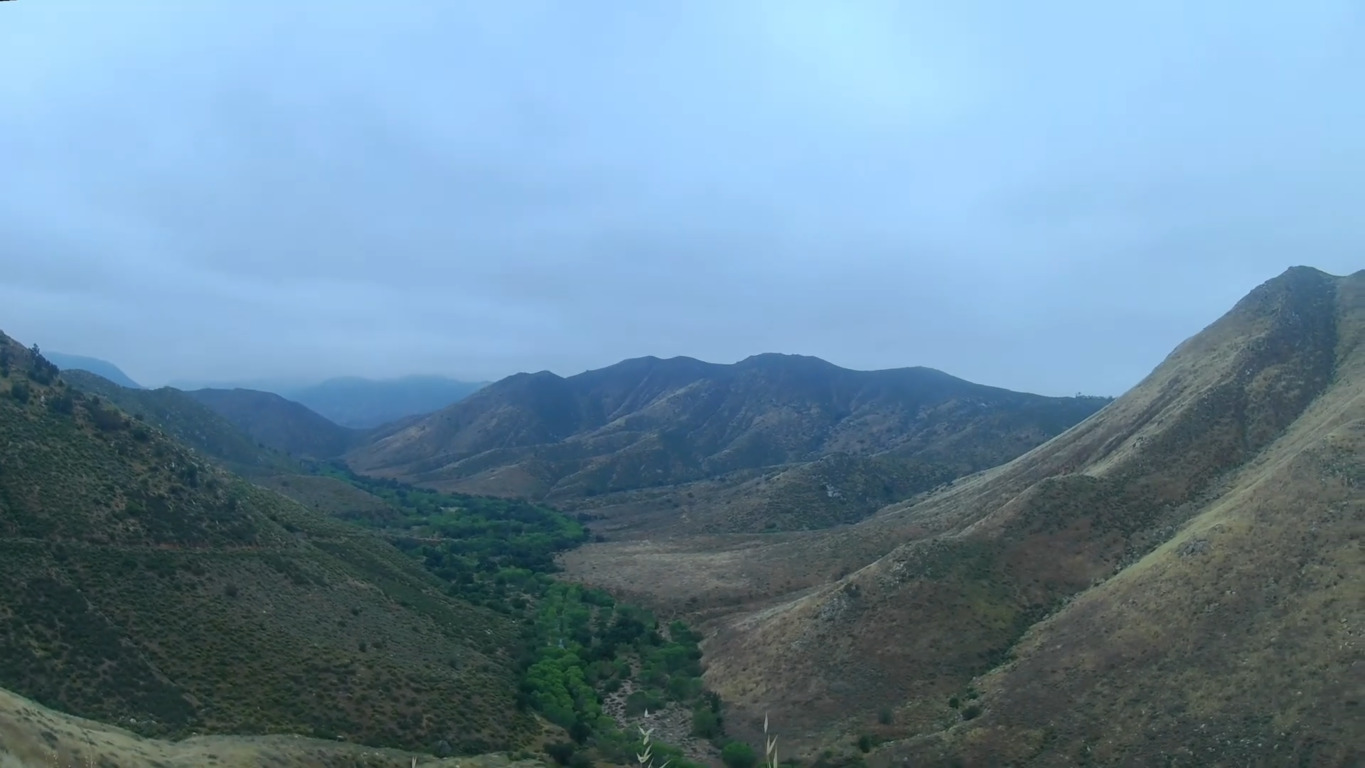
 9.07 mi
9.07 mi
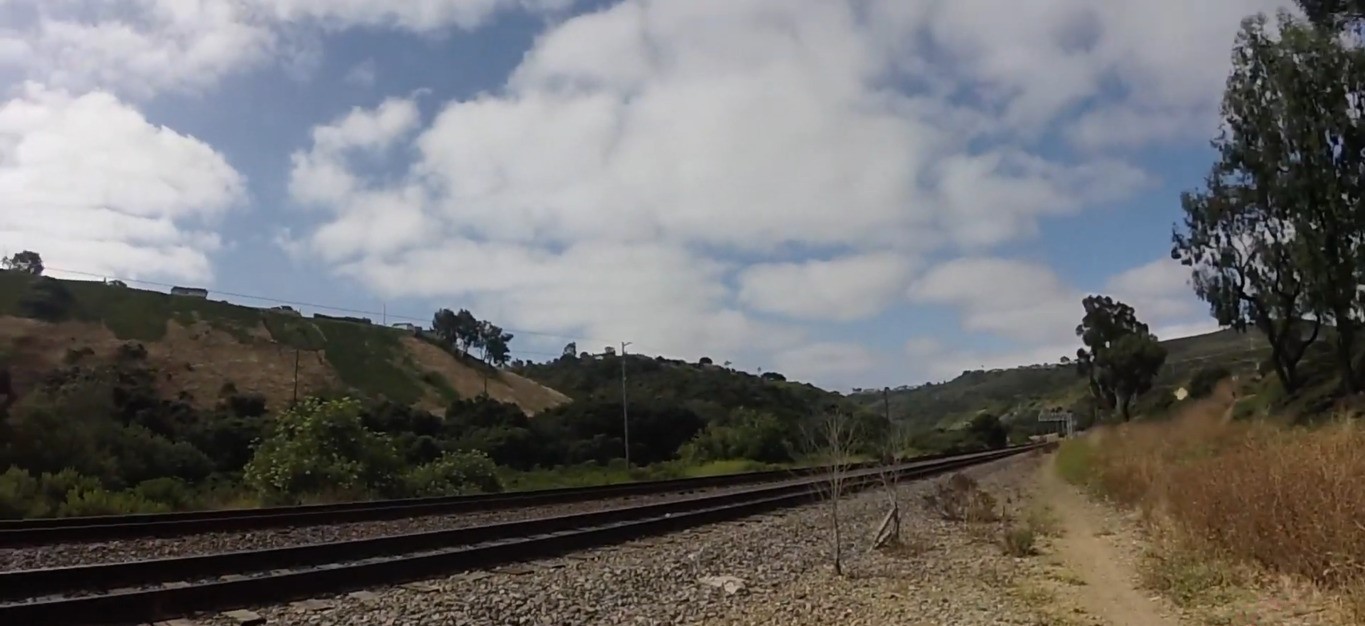
 15.8 mi
15.8 mi
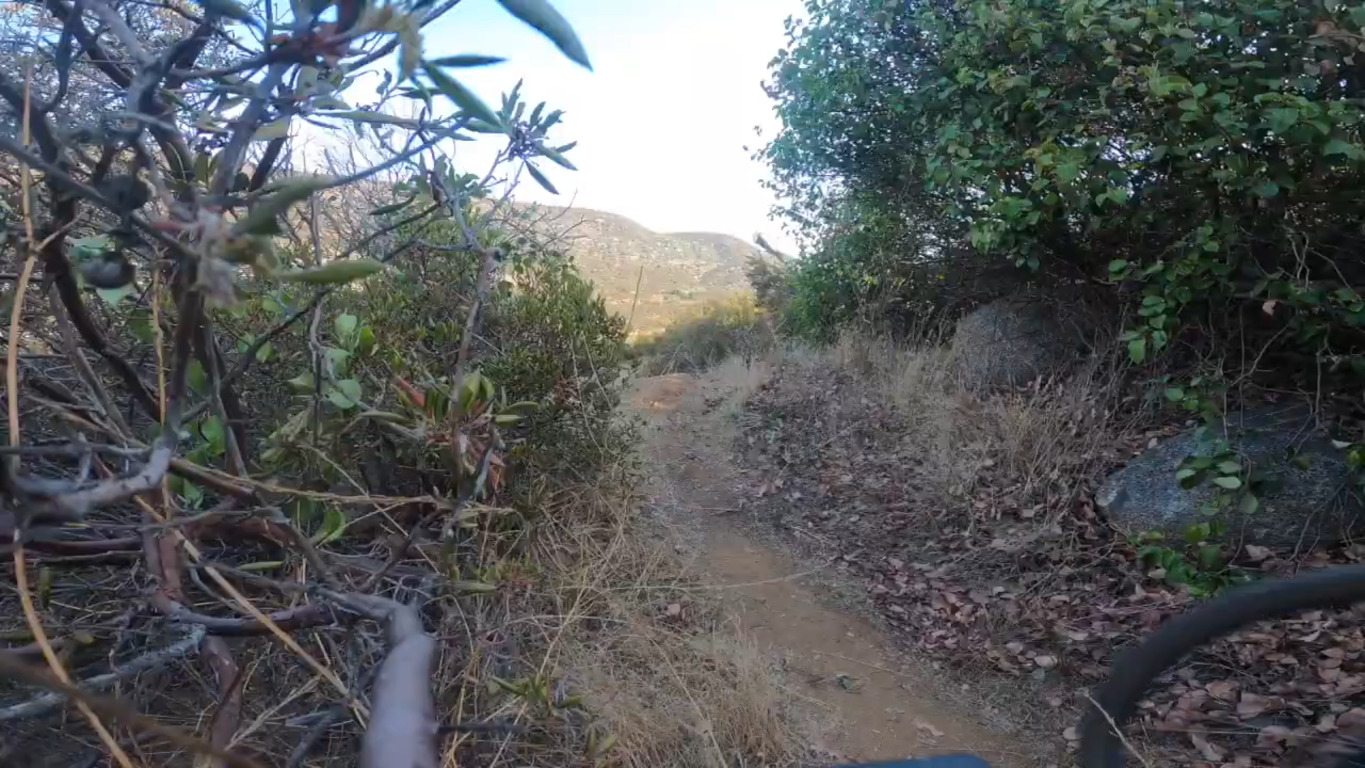
 3.04 mi
3.04 mi
San Diego is a city at San Diego Bay in southern California bordering Imperial County, Coronado, Mexico, Chula Vista, and the Pacific Ocean. The smaller region extends east and south to the Mexican border, and the larger region expands northeastwards of San Diego Bay.
There are canyons, mesas, mountains, and valleys, and the bay, which is an international shipping cornerstone with a prominent military base, is more or less landlocked by the Silver Strand and Point Loma peninsulas.
The area of the city and the bay is 4,205 square miles and 22 square miles, respectively. It is the second biggest city in California.
There are 18 Indian reservations, which is more than any other county in the country, occupying around 193 square miles. Here you will find a small percentage of Native Americans. The reservations include the Los Coyotes reservation, Jamul Indian Village, Sycuan Rancheria, and Inaja and Cosmit reservations.
| Land area (sq. mi; sq. km) | 372.42 sq mi (964.56 km2) |
| Minimum Elevation | 62 ft (19 m) |
| Maximum Elevation | 1,591 ft (485 m) |
San Diego is ranked as the 8th city with the largest population in the United States. There are 1,374,076 residents in San Diego, and the racial and ethnic composition is 42.3% non-Hispanic White, followed by 19.7% Hispanic White and 16.9% non-Hispanic Asian. The Hispanic population makes up 30.1% of the residents.
The national average rate of citizenship is 88.6% which is an increase from 88% in 2019. The majority of foreign-born residents are from Mexico, China, and the Philippines.
San Diego has a significant military population who fought in Vietnam and the First and Second Gulf Wars. This should not come as a surprise considering the number of military complexes in that region. They include Naval Base San Diego, Marine Corps Base Camp Pendleton, and Naval Base Point Loma.
There are 712,000 employees, and 72% of them commute alone to work at an average time of 24.5 minutes.
The homeownership rate is 47.5%, and the median household income, which is the highest in Census Tract 83.11, is $83,454. Medium earning for men and women is $54,691 and $41,926, respectively.
San Diego has the third largest number of homeless people, who are mainly veterans.
| Total population | 1,386,932 (2020) |
| Population density (persons per sq. km) | 4,255.96/sq mi (1,643.25/km2) |
94 percent of the time, the temperature in San Diego averages more than 60°F, but it hardly rises above 84°F or drop below 44°F.
Generally, the summers are short, dry, and warm, and the winters are cool, wet, long, and drier than the quintessential Mediterranean climate. The hot season lasts from July to October. In August, which is the hottest month, the average temperature reaches 78°F and rarely falls below 68°F. May and June are often cloudy with morning fog because of the marine layer.
San Diego has rainfall from December to March, and February experiences the most rain. Also, the city has relatively low precipitation, which, together with sporadic waves and easterly winds, can make the temperature soar to high levels.
The coolest months are from November to April, and the coldest month is December, with an average high of 65°F and nighttime lows of 49°F. It is rare to have snow, and there might be intermittent storms in the Fall and Spring which lasts from March to May. Autumn is from September to November, and it is the favorite time for foodies because there are several culinary events if you are a flower fan, Spring is the best time to visit the Flower Fields at Carlsbad Ranch.
That said, the appealing climate with rare extremities means that you can adventure on the best bike trails in San Diego at any time of the year.
| Month | Temperature |
|---|---|
| January | 57°F |
| February | 58°F |
| March | 60°F |
| April | 62°F |
| May | 64°F |
| June | 66°F |
| July | 70°F |
| August | 71°F |
| September | 71°F |
| October | 67°F |
| November | 62°F |
| December | 57°F |
San Diego County is 4,526 square miles with a road and highway network of around 2,000 miles. Eight highways and four interstate highways connect the city with the rest of the country. They include I-5, I-8, I-15 and I-805. SR 163, the oldest street, runs through the famous urban garden, Balboa Park, which contains the San Diego Zoo, among other tourist attractions.
The Metropolitan Transit System is the main bus operator with 29 routes. The San Diego Trolley is a light rail system with 53 stations, Burlington Northern Santa Fe Railway offers freight services, and Metrolink, Coaster, and Amtrak are the main commuter rail providers.
San Diego International Airport has an annual tonnage of 70,000. Other airports include Montgomery-Gibbs Executive Airport, Tijuana International Airport, and McClellan Palomar Airport.
The Port of San Diego is a major channel for imported products and vehicles, and it is also the location of the National Steel and Shipbuilding Company (NASSCO).
We already mentioned some of the incredible sights you can expect to see in San Diego. The idyllic city is also famous for the following tourist spots:
The Stone Mountain trail is well-groomed with various terrains and climbs that are easy for beginners and older kids to circumnavigate around the mountain and country estates, and it is also accessible to runners, hikers, and dog-walkers. You will come across rabbits and coyotes.
The 1,700-mile off-road rugged trail in San Diego is divided into 20 segments with dirt roads and sandy tracks. It has scenic views of the Sea of Cortez, the BMX Hall of Fame Museum, Spanish missions, canyons, mountains, and coastlines. You will need a valid passport to at the U.S.-Mexico border, and Trek Bicycle Superstore is along the route.
The Eagle Peak Out-and-Back trail neighboring San Diego River Gorges and Cedar Creek has steep climbs and descents with the right technical sections to test the endurance of expert mountain bikers. Another great option is Mother Miguel (Rockhouse) trail which has precarious switchbacks that will give you an adrenaline rush.